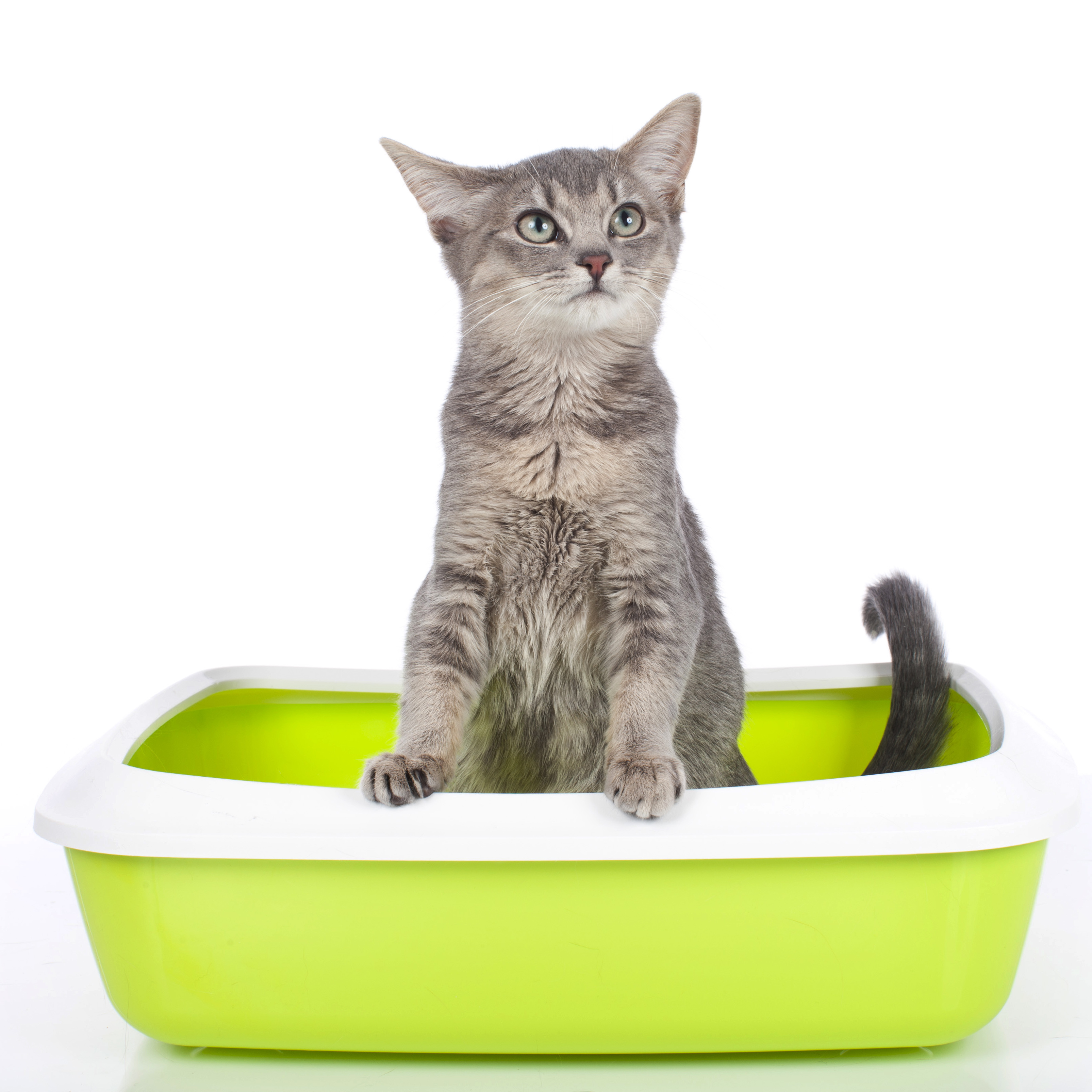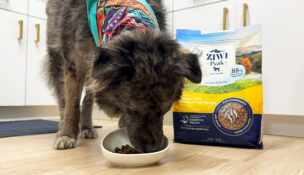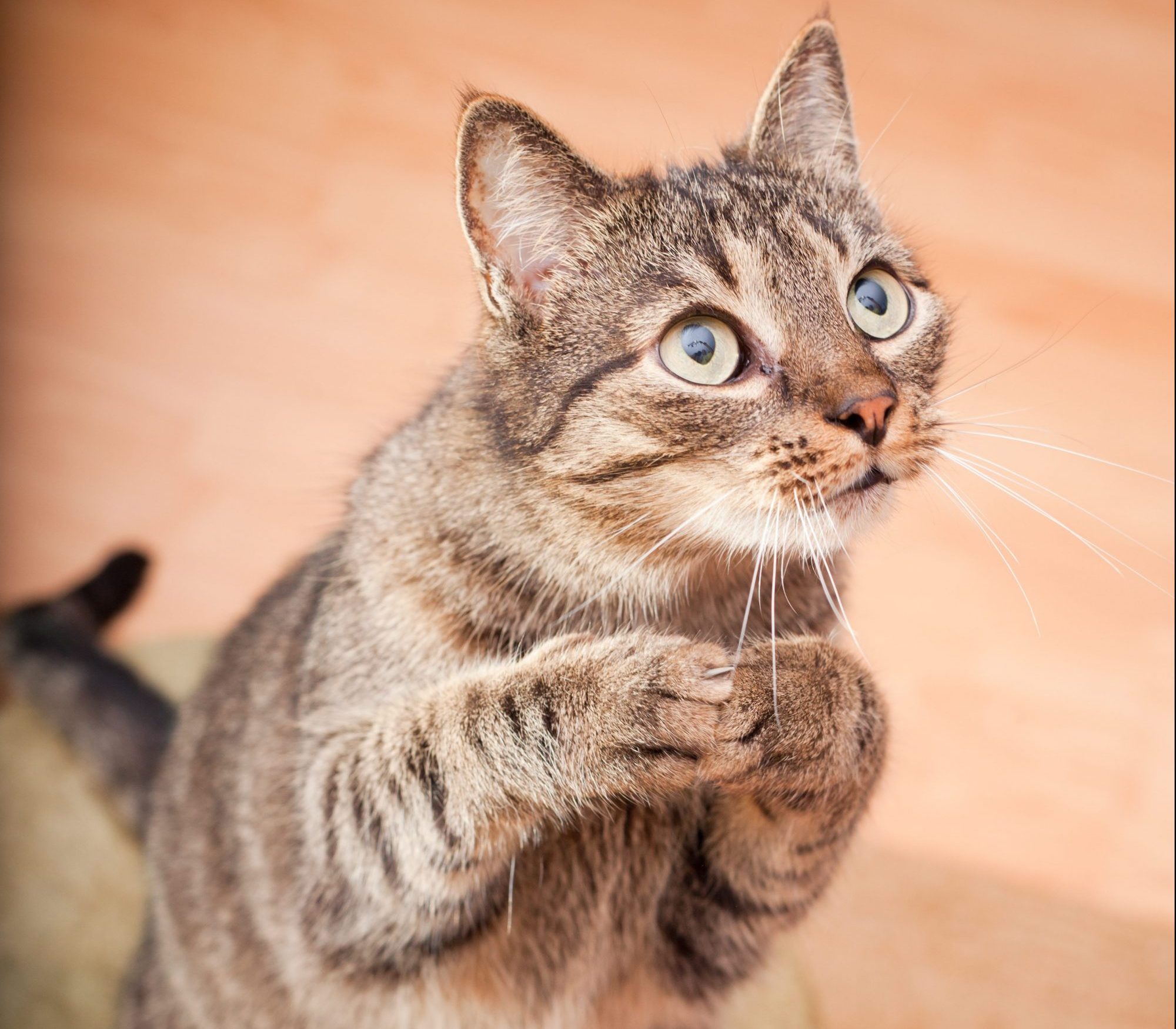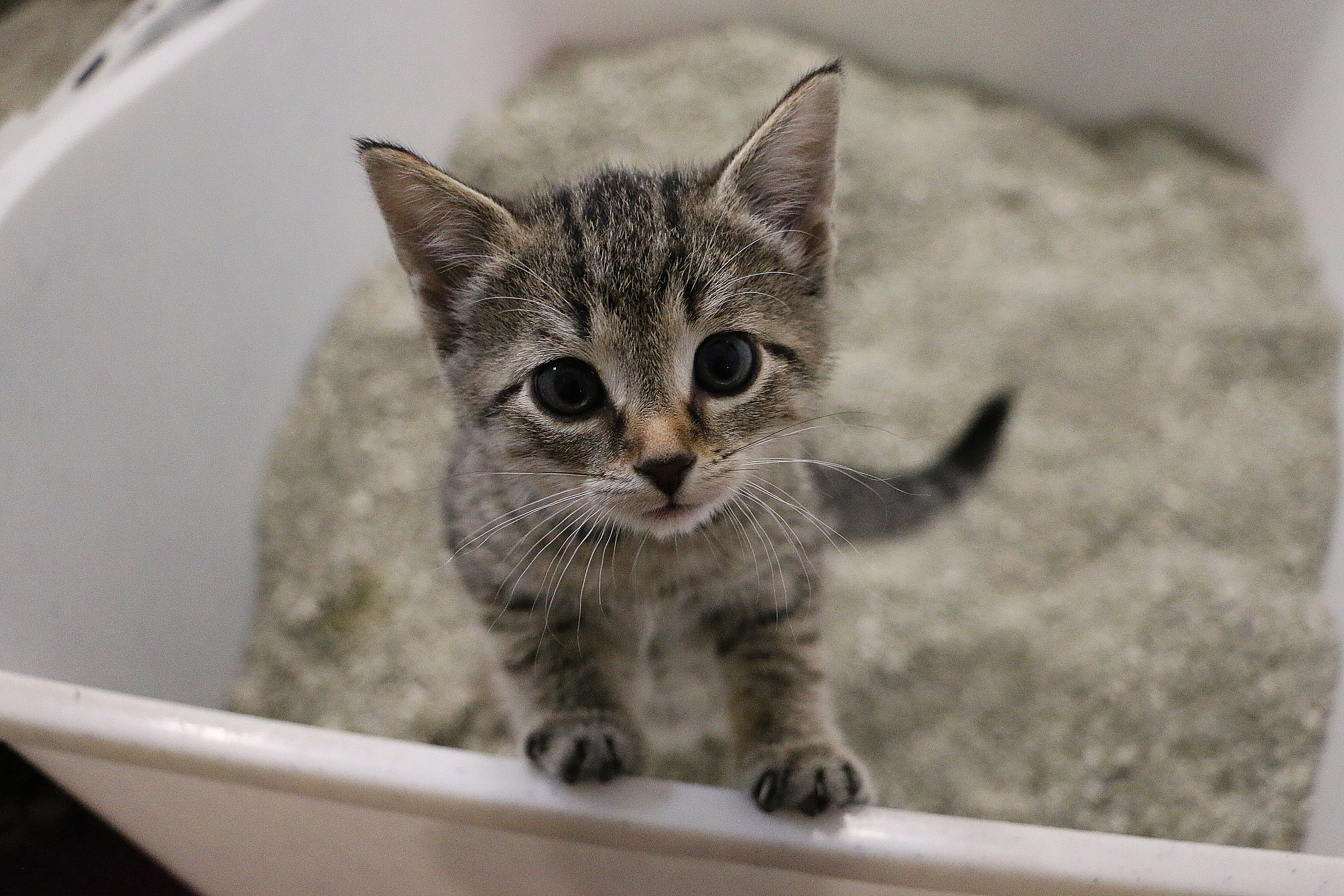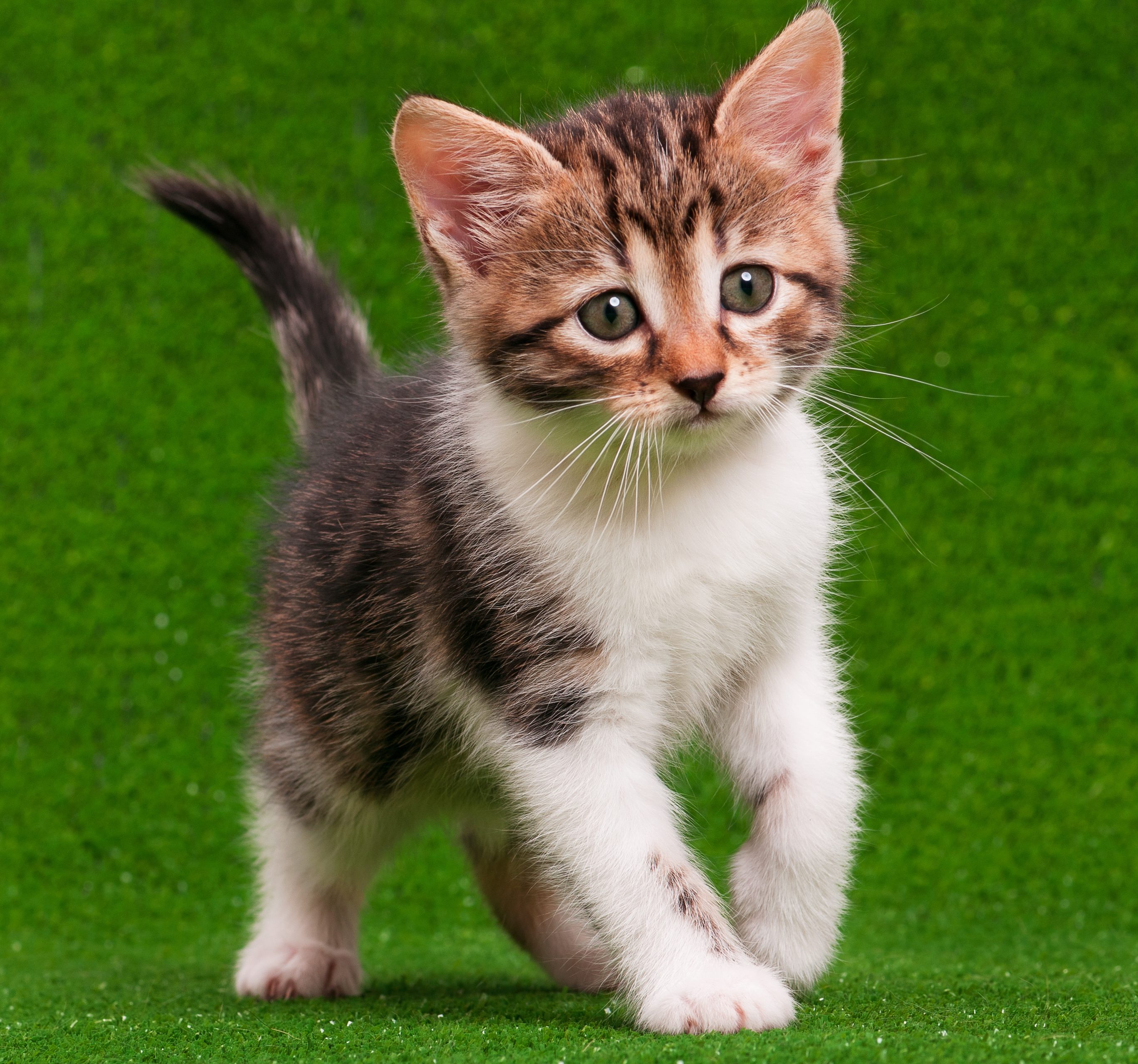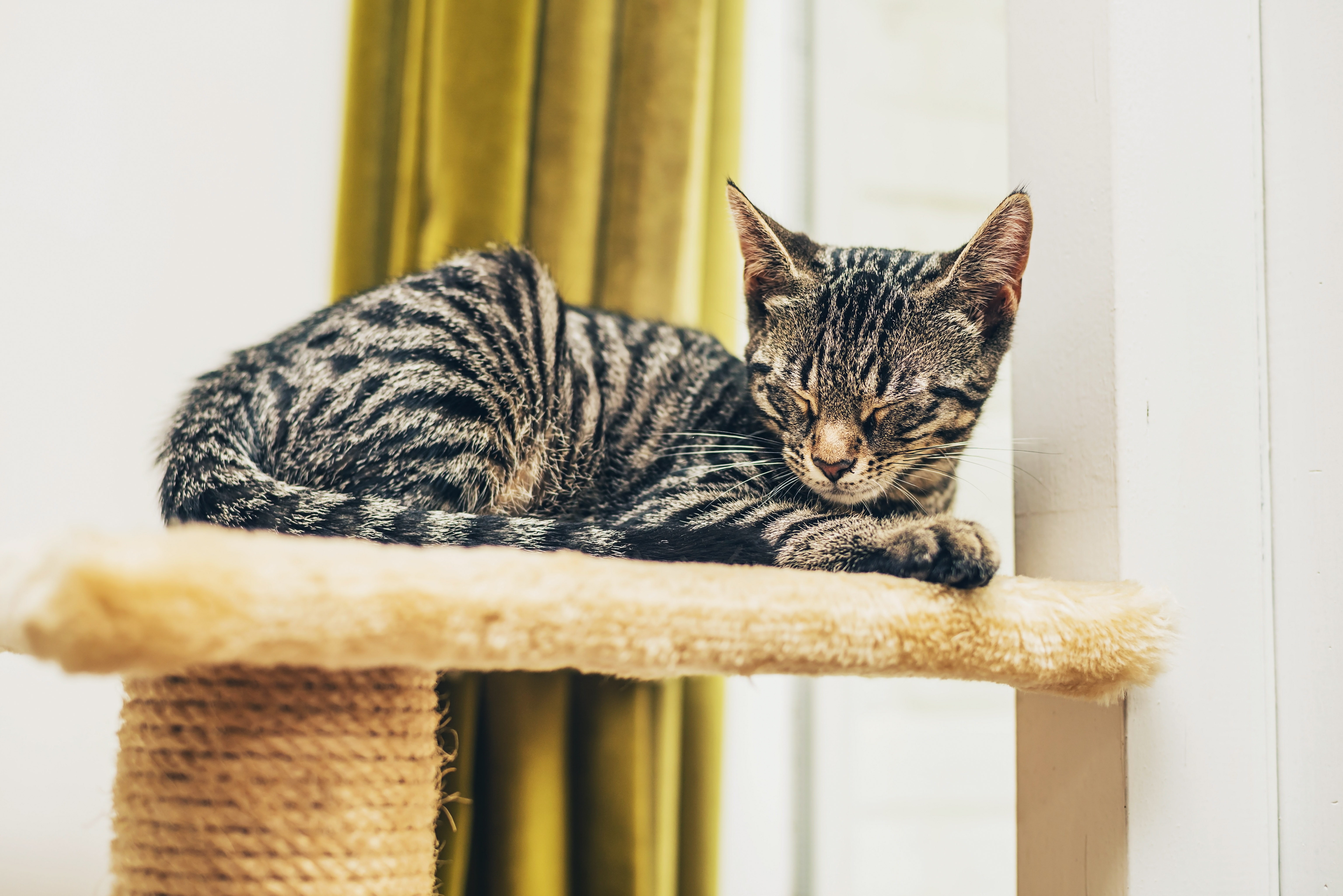Sustainable and Safer
Pet Age Staff //April 26, 2017//
By Eric Stenson
Products that are environmentally sustainable are all the rage throughout many different sectors, and pet litter is no exception. According to an article in the EarthTalk blog of Scientific American, many mass-market litters can present problems for some animals.
The clay base of many litters can produce silica dust harmful to cats’ respiratory systems. The fragrances in some litters can also be dangerous to cats.
Another issue the article cited was the sodium bentonite clay used in “clumping” cat litters. The material is extremely effective at absorption—holding up to 15 times its original volume—but if it is ingested by cats, it can cause gastrointestinal distress, which can possibly be fatal. And the clay used for this purpose is derived through environmentally damaging strip mining.
Sustainable Sources
Alternative sources for natural litter materials are becoming common in the marketplace. Mediterranean Gold uses natural olive pits and employs patented technology to transform them into absorbent and activated charcoal. Jonathan Rosen, president of Mediterranean Gold, which manufactures in Cordoba, Spain, and has its U.S. warehouse in Lakewood, New Jersey, spotlights the product’s high absorption capability due to the vast surface area of the olive pit, along with interconnected pores.
A single gram of the company’s charcoal has the same absorption ability as an entire football field, according to Mediterranean Gold’s literature. The activated charcoal is developed by employing a natural byproduct of olive and olive-oil production and therefore makes use of what otherwise would be waste material. Rosen points out that during the company’s production process, energy is released during the activation of the carbon, and a large amount of steam that is produced is converted to electricity.
Mediterranean Gold is not litter on its own, but rather is designed to be sprinkled on litter to supplement its capabilities. The product is odorless and has no scents that might irritate cats. Rosen points out that cats have 200 million scent receptors, as compared to 5 million for humans.
“The only side effect is a healthier and happier companion and an odor-free home,” he said.
Nepco of Warrensburg, New York, manufactures Cedarific, an all-natural, recycled product made from byproducts of the lumber industry, according to Richard Morgan, sales manager.
“It’s very lightweight, low density, a lot more consumer friendly,” Morgan said. “It’s a byproduct they don’t have a home for—we work with mills that are involved in sustainable forestry practices.”
Nepco developed Cedarific as a product that worked well economically, and was consistently sustainable, Morgan indicated.
“We were looking for particle size, absorption qualities were fantastic, and the cedar offers additional odor control,” he said. “There’s a pleasant smell, something people can relate to.”
Morgan suggests that kittens take to it best, but that older cats can get used to it as well, perhaps gradually blending it with traditional litter so they get used to it.
“It’s a chemical-free product, so there are no side effects,” Morgan said.
Cedarific is sold largely on the East Coast through independent distributors. For retailers looking to expand their presence in this marketplace, Morgan says the key is being well informed about natural products and being prepared to share that information with customers.
“Do the research, try products—we do offer samples,” he said. “Promote sustainable benefits. Retailers have to be dedicated to sustainable processes and market accordingly.
“Customers are clamoring for green solutions,” Morgan added. “There is demand for solutions that are better for the planet, easier to use and cheaper. Put emphasis behind filling that demand.”
These litter options only scratch the surface of what’s out there. According to T.J. Moss, owner of Fins and Feathers in Red Bank, New Jersey, one of the more popular sustainable litters he stocks is sWheat Scoop, which is made from secondary wheat products.
For small animals like rabbits and guinea pigs, one of the biggest trends he sees is a shift from pine bedding to litter made from recycled newsprint, which is also available in a pellet form, with an enzyme to absorb the ammonia smell. He’s even heard of litter made from green tea extract, which he says has become popular in New York City.
“I don’t stock that yet, because I haven’t gotten enough call for it,” he said. “Bottom line, it still has to work.”
Litter for All
Many people might think of pet litter as something strictly about cats or small animals. But dogs can get into the act as well. Zack Norman, co-CEO of Bark Potty LLC in Inglewood, California, has been making the Bark Potty box for about a year now, which comes in various sizes to suit different types of dogs. His company also makes DoggieLawn, a grass pad for use by dogs as a substitute for the great outdoors for elimination purposes.
“Bark Potty is a shelf-stable version of that,” he said. “The materials we use in our products are in dog parks and forest floors.”
Norman sees Bark Potty as an effective alternative to other indoor options employed for canines. He notes that Bark Potty is a 100 percent sustainable solution—the heavy-duty cardboard box that contains the fill is recyclable, as is the plastic screening over it. The fill itself is compostable.
He said dogs usually take readily to using Bark Potty because it “smells natural.” He said at least 70 percent will start using it right away, and the remainder can be trained easily. His company has developed training videos and also has people on staff who can give advice to dog owners over the phone.
“We talk owners through it,” he said. “Usually we have to train owners more than we train dogs.”
Norman declined to reveal exactly what the mix is in the fill of Bark Potty, which is a patent pending product, but he indicated that the company tested various materials to find a combination that absorbs smells, resists kicking and scattering and does not produce any negative reactions in dogs.
Bark Potty is available through “a small and growing cadre of retail stores,” Norman said. His company provides a 6-inch-by-6-inch sample size Bark Potty for counter display for retailers looking to encourage conversations about the product.
